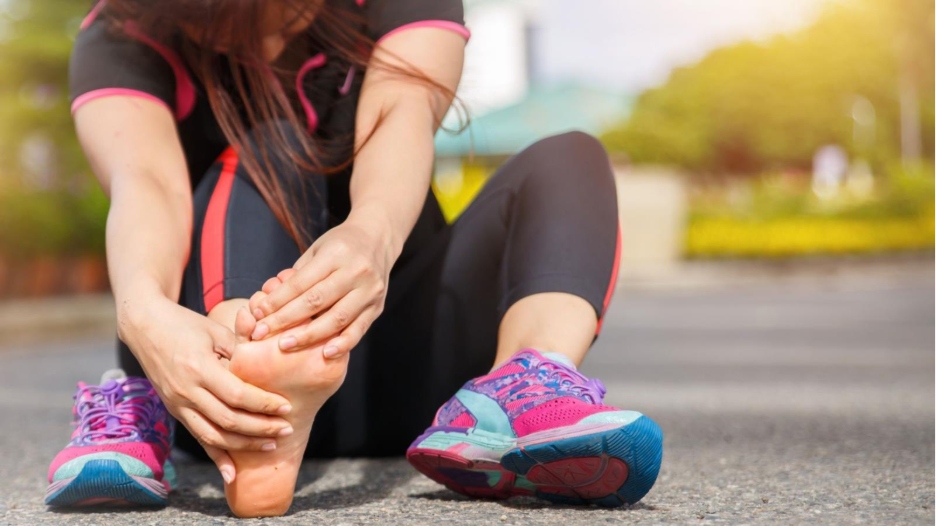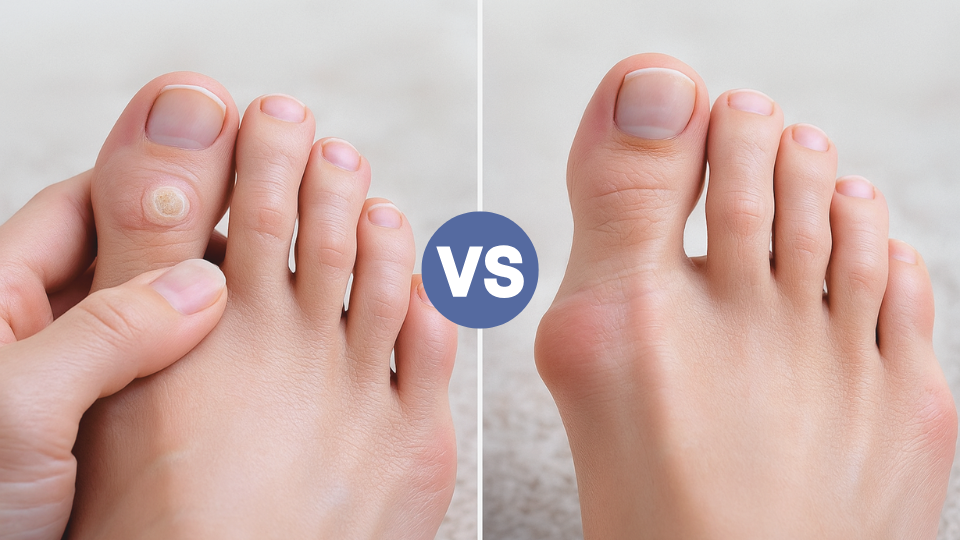Top of Foot Hurts After Running? Causes, Injuries, and How to Treat It
Learn the key differences between corns and bunions, their symptoms, and treatment options. Book an appointment with FAS The Woodlands for expert foot care.

Experiencing foot pain after running, especially on the outer edge of your foot, can be more than just soreness. While occasional discomfort is common for runners, persistent or sharp pain on the outside of the foot may indicate an underlying condition that requires medical evaluation. Understanding the possible causes, knowing when to seek treatment, and learning how to prevent future issues can help you stay active and injury-free.
Several conditions can trigger outer foot pain, ranging from mild overuse to more serious injuries.
The peroneal tendons run along the outer ankle and attach to the foot. Overuse, sudden mileage increases, or uneven running surfaces can irritate these tendons, leading to pain, swelling, and stiffness. Symptoms often worsen with activity and improve with rest.
A stress fracture is a tiny crack in a bone caused by repetitive force. In runners, stress fractures of the fifth metatarsal (on the outside of the foot) are common. Pain usually develops gradually and worsens during activity. Ignoring it can lead to a complete fracture.
This occurs when the cuboid bone in the midfoot becomes partially dislocated or misaligned, often due to repetitive stress or sudden twisting. Symptoms include sharp pain on the outside of the foot and difficulty bearing weight.
Worn-out shoes, poor arch support, or shoes that don’t match your foot type can place excessive stress on the outer foot. Over time, this can contribute to pain and inflammation. If you’re unsure how to pick the right running shoes, check out our guide on choosing the best shoes for foot pain for tips on finding proper comfort and support.
Past ankle injuries can weaken ligaments, making the outer foot more vulnerable to pain and repeated strain during running. If you’ve recently injured your ankle, you may be wondering about your activity limits, our article on working out with an ankle sprain explains safe ways to stay active while protecting your recovery.

If your foot pain after running is mild and doesn’t interfere with walking, you may be able to start with conservative home care:
If you participate in sports, your training routine may place additional stress on your feet. Taking the right precautions can help reduce injury risk across all activities. Our guide on preventing foot pain during sports activities offers practical tips to keep your feet protected, strong, and ready for performance.
Seek prompt evaluation if you notice any of the following:
Our article on when to see a podiatrist highlights key symptoms and situations you should never ignore.
While occasional soreness can be part of training, outer foot pain after running should never be ignored, especially if it’s sharp, persistent, or worsening. Early evaluation by a foot and ankle specialist can help identify the underlying cause, guide treatment, and keep you on track with your running goals.
If you’re experiencing persistent foot pain after running, schedule an appointment with our board-certified podiatrists for a comprehensive evaluation and personalized care plan.

Learn the key differences between corns and bunions, their symptoms, and treatment options. Book an appointment with FAS The Woodlands for expert foot care.